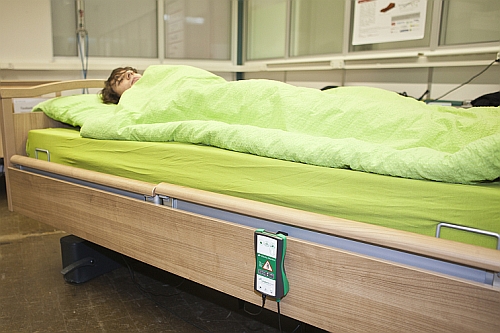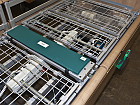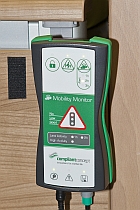Innovations on the market
To assess the mobility of bed-ridden patients
Apr 25, 2012 | MARTINA PETER
In June a monitoring system is becoming commercially available that will allow nursing staff to accurately record the mobility of bedridden persons. The system has been developed for the prevention of bedsores by Compliant Concept, a start-up at Empa’s glatec technology center.

|
|||
|
|||


